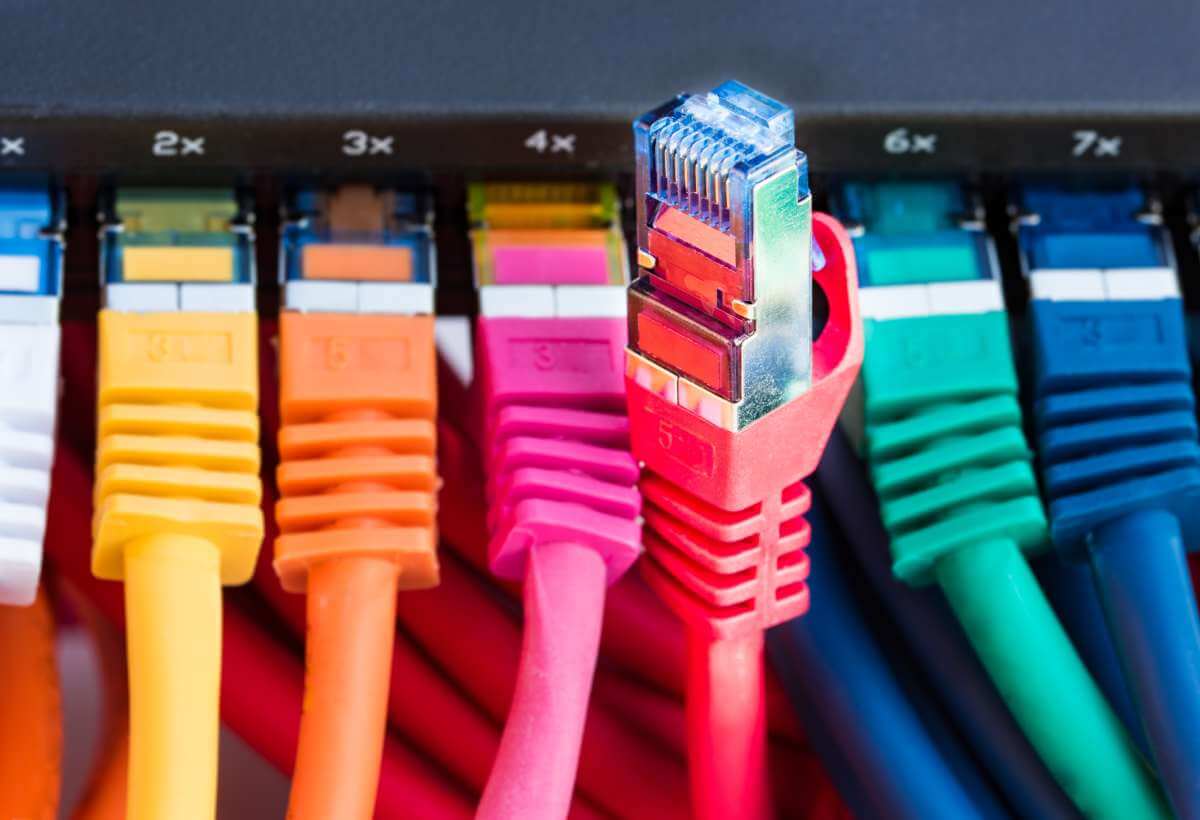Power Over Ethernet (PoE) Managed Switches: A Guide for WISPs
- by ISPadmin
- 2024 / 06 / 04
- Technologies


For WISPs (Wireless Internet Service Providers), building a robust and scalable network is crucial for delivering reliable internet access to customers. PoE managed switches play a vital role in this process by providing both power and data connectivity to your network devices, simplifying deployment and management. This guide delves into the intricacies of PoE managed switches, empowering WISP owners to make informed decisions when selecting and deploying them in their networks.
Understanding PoE Technology
- Concept: PoE eliminates the need for separate power outlets for devices by transmitting electrical power along with data over standard Ethernet cables.
- Standards: There are multiple PoE standards (IEEE 802.3af, at, and bt) that define the amount of power a switch can deliver. Common standards include:
- 802.3af (PoE): Up to 15.4 watts of power.
- 802.3at (PoE+): Up to 30 watts of power, suitable for powering most Wi-Fi access points (APs) and security cameras.
- 802.3bt (PoE++): Up to 90 watts of power, ideal for high-power devices like PTZs (Pan-Tilt-Zoom) cameras and VoIP phones.
Benefits of PoE Managed Switches for WISPs
- Simplified Deployment: PoE switches eliminate the need for separate power supplies and outlets for PoE-enabled devices like Wi-Fi APs, security cameras, and VoIP phones. This translates to faster and easier installation, especially in remote locations where access to power outlets might be limited.
- Centralized Management: Managed PoE switches offer a web-based interface for configuring, monitoring, and troubleshooting all connected devices. This simplifies network administration and allows WISPs to remotely manage their network infrastructure.
- Improved Power Efficiency: PoE switches deliver only the required amount of power to each device, unlike traditional power supplies that can waste energy. This translates to cost savings on electricity bills.
- Scalability: PoE switches can accommodate a growing network by providing power and data to additional devices as needed. This future-proofs your network infrastructure.
- Remote Power Cycling: Managed PoE switches allow for remote power cycling of connected devices. This is useful for troubleshooting purposes or rebooting unresponsive devices without needing physical access.
Key Features to Consider When Choosing a PoE Managed Switch for WISPs
- Number of PoE Ports: Select a switch with a sufficient number of PoE ports to cater to your current and future needs. Consider potential network expansion when making your choice.
- PoE Standard Support: Ensure the switch supports the PoE standard (802.3af, at, or bt) required by your devices. Most Wi-Fi APs and security cameras use PoE+ (802.3at).
- Port Speed: Consider the data transfer requirements of your network. Most WISPs will benefit from Gigabit Ethernet (1 Gbps) ports to handle high-bandwidth internet traffic. However, some applications might require faster 10 Gigabit Ethernet (10 Gbps) ports.
- Management Features: Look for switches with features like VLANs (Virtual Local Area Networks) for network segmentation, Quality of Service (QoS) for prioritizing critical traffic, and SNMP (Simple Network Management Protocol) for integration with network monitoring tools.
- Security Features: Managed switches often offer security features like port security, access control lists (ACLs), and RADIUS authentication to protect your network from unauthorized access.
- Budget: PoE managed switches come in a variety of price points depending on features and port count. Balance your needs with your budget to find the most cost-effective solution.
Deployment Considerations for WISPs
- Power Budget: Managed PoE switches have a maximum power budget that limits the total amount of power they can deliver to all connected devices. Ensure the switch you choose can handle the combined power requirements of your PoE devices.
- Physical Environment: Consider the operating temperature range of the switch, especially if deploying it outdoors in extreme weather conditions. Opt for switches with industrial-grade ratings for harsh environments.
- Remote Management: If managing your network remotely is crucial, choose a switch with easy-to-use web-based management or cloud management capabilities.
Conclusion
By understanding the benefits and features of PoE managed switches, WISPs can make informed decisions when deploying their networks. These switches offer a powerful combination of power delivery, data connectivity, and centralized management, simplifying network operations and ensuring reliable internet access for their customers. By carefully considering your specific needs and budget, you can select the ideal PoE managed switch to power your WISP network for success.
Contact us here to learn more about how ISP Revolution can help you deploy with confidence – the first time
RECENT BLOG
MORE INFO
ISP Resolution © 2024 All Rights Reserved
